Animals, plants, and other organisms exist in physical environments called ecosystems. Each part of an ecosystem directly or indirectly depends on all the other parts for survival.
Ecosystems can vary in size from small to large. Examples of small ecosystems include a tidepool, pond, or tree trunk, while larger ecosystems can include a swamp, desert, or grassland.
When an ecosystem is disrupted, it can have serious consequences for the organisms that live there.
Habitat loss, a reduction in the amount of living space through destruction, fragmentation, or degradation, is a major threat to the balance of an ecosystem.
Reasons for Habitat Loss
Habitat loss can be a consequence of human activities such as:
- Industrialization and urbanization (growth of industries and cities)
- Agriculture (farming and ranching)
- Deforestation (the removal and destruction of a forest or trees from land that is then converted to non-forest use)
- Resource extraction (the withdrawing of materials from the environment for human use, including oil, gas, coal, rocks, minerals, water, fish and wildlife)
- Pollution
Habitat loss can also occur due to environmental changes such as:
- Changes in the Earth’s orbit around the sun and the tilt and wobble of the Earth’s axis
- Changes in the amount of energy the planet receives from the sun
- Volcanic activity
- Shifts in ocean currents
- Changes in temperature
- Tectonic shifts (movement of the plates that make up the Earth’s crust)
- Drought (a period of drier than normal conditions that can last years)
Natural occurrences and human activity have altered the land on this planet for thousands of years. But in the past few hundred years, population growth, industrialization, urbanization and other human factors have devastated wildlife habitat, leading to the extinction of hundreds of species.
How Habitat Loss Affects Wild Cats
Wild cats need the right environment to thrive. Here’s how habitat loss hurts them:
Less Space to Live: Wild cats like tigers or jaguars need big areas to roam and find food. When forests or grasslands are destroyed, they’re left with smaller spaces, which makes it harder to survive. For example, a tiger might need hundreds of miles to hunt, but if its forest is cut down, it has nowhere to go.
Not Enough Food: Habitat loss often means fewer animals like deer, antelope, or rabbits for wild cats to eat. If their prey disappears, wild cats go hungry. For instance, when grasslands are turned into farms, cheetahs lose the antelopes they chase for food.
More Danger: When their homes shrink, wild cats sometimes wander into human areas looking for food. This can lead to trouble—like lions or leopards being hurt or killed because people are scared or want to protect their livestock.
Fewer Babies: Wild cats need safe places to raise their cubs. If their habitat is gone, it’s harder to find a good spot to keep their babies safe. This means fewer wild cats in the future. For example, snow leopards in the mountains struggle when their rocky homes are damaged by mining.
Broken Families: Some wild cats, like lions, live in groups called prides. When habitats are split up by roads or cities, these groups get separated, making it harder for them to stay together or find mates.
Habitat Loss Solutions
Habitat restoration and the recreation of a functioning ecosystem are key solutions to habitat loss.
When habitats cannot be restored to their original size or condition, another solution is the building of wildlife corridors. The purpose of a wildlife corridor is to allow species with limited survival resources in one area to move quickly and easily to another more sustainable area.
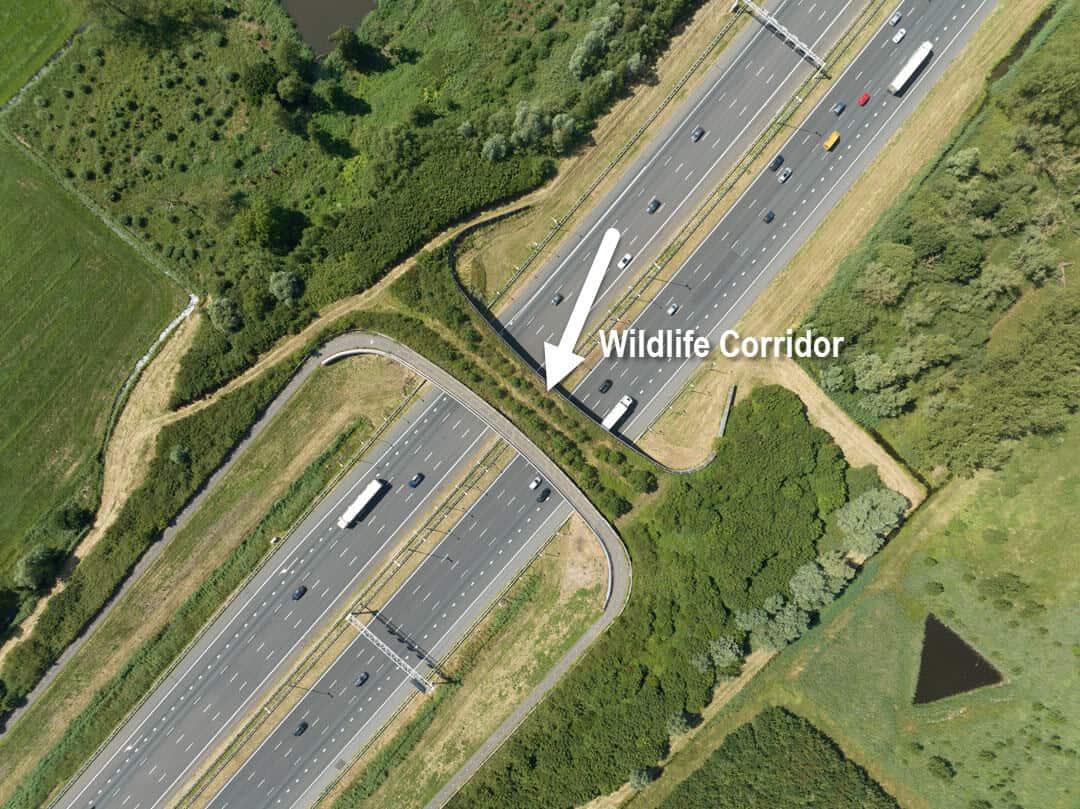
Other solutions include:
Planting Trees: In areas where forests have been destroyed, people are replanting trees to bring back habitats. This helps wild cats like jaguars in South America, who need jungles to hunt and hide.
Working with Communities: People who live near wild cats are learning to share space with them. For example, farmers can use special fences to keep lions away from their cows, so the lions don’t get hurt. Teaching people how to live peacefully with wild cats is super important.

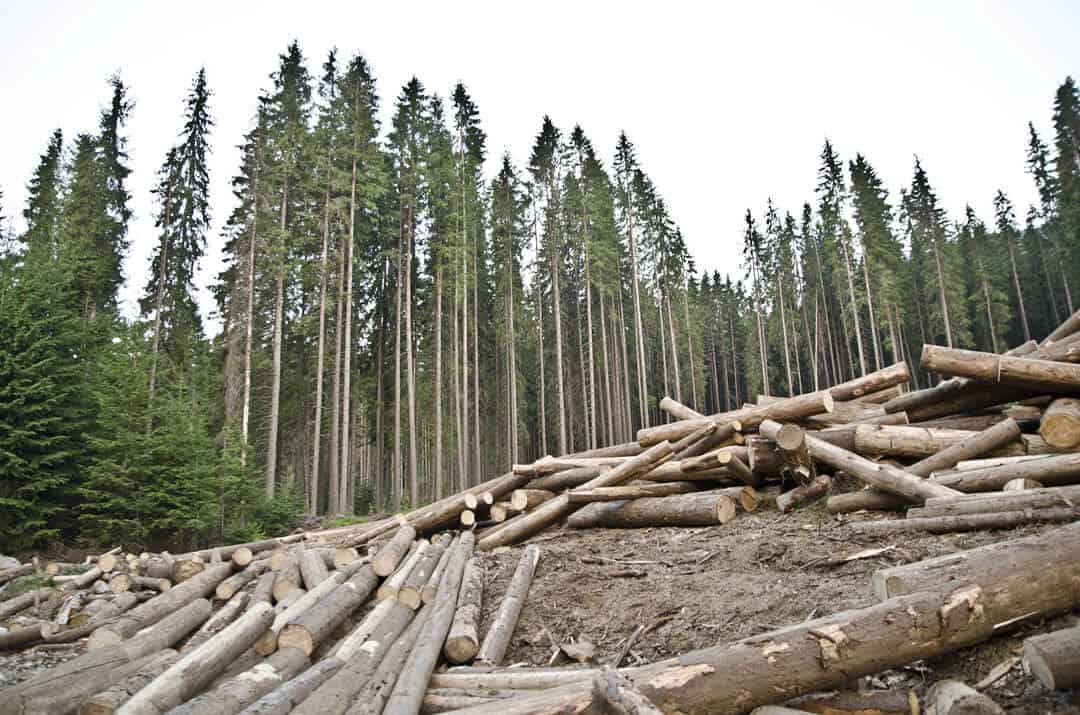

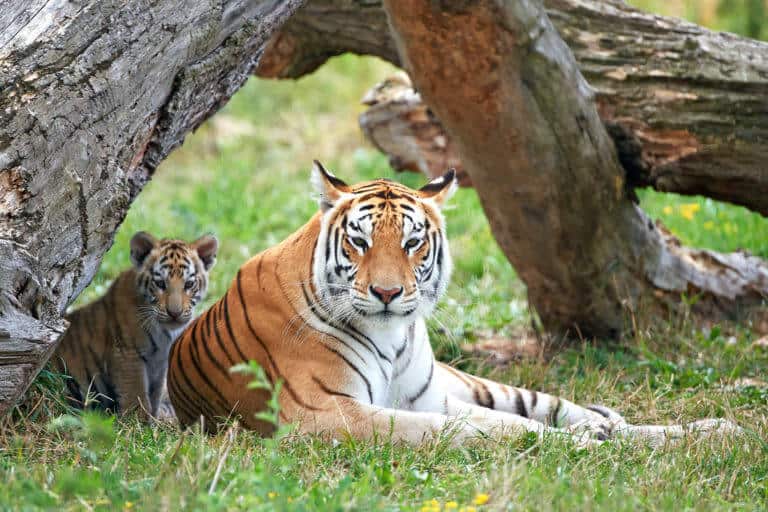
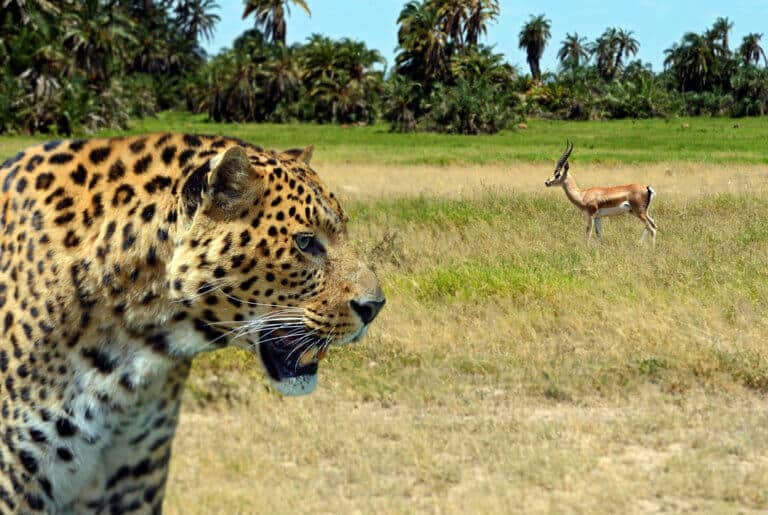
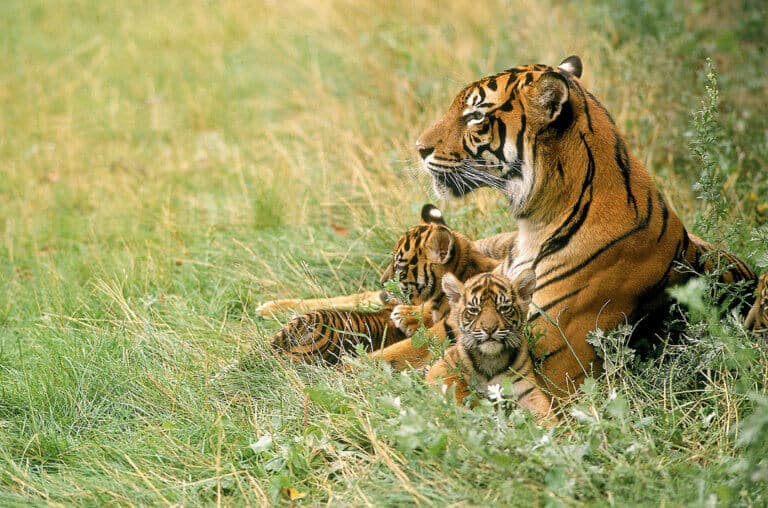
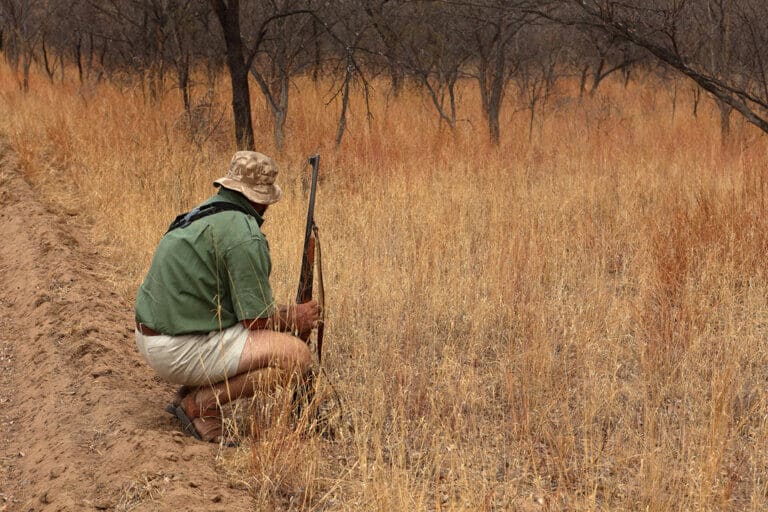
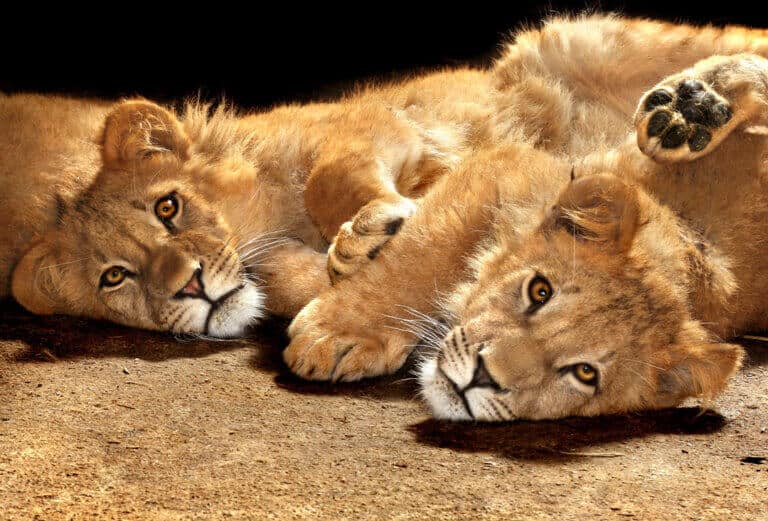
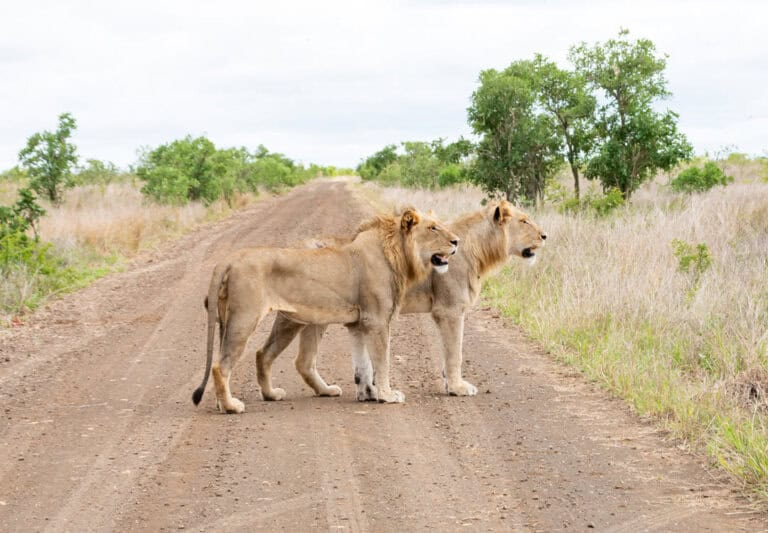
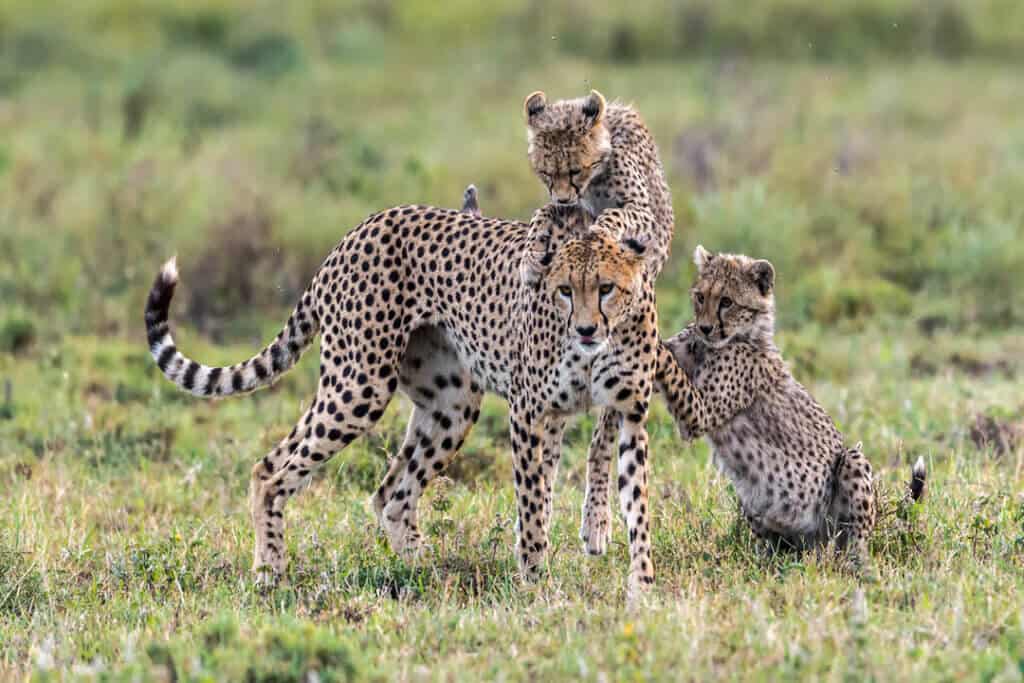

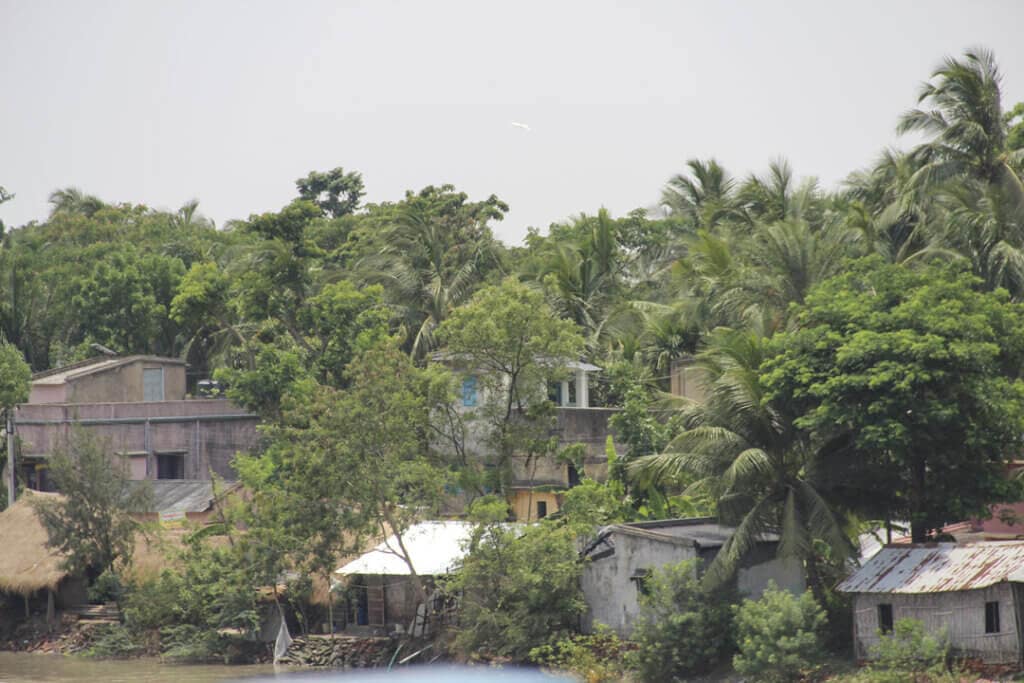
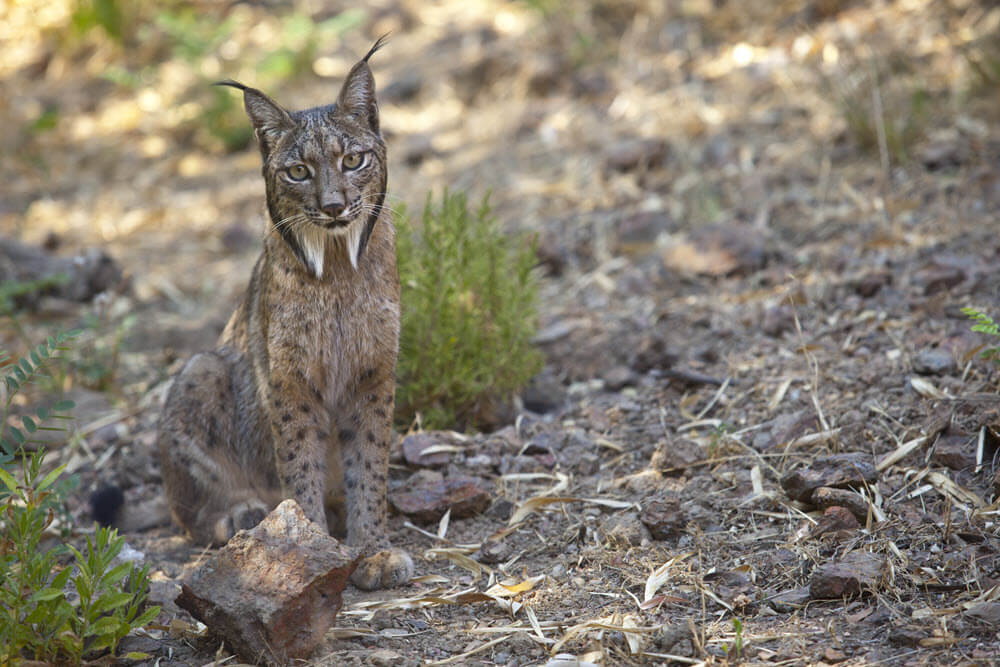
0 Comments